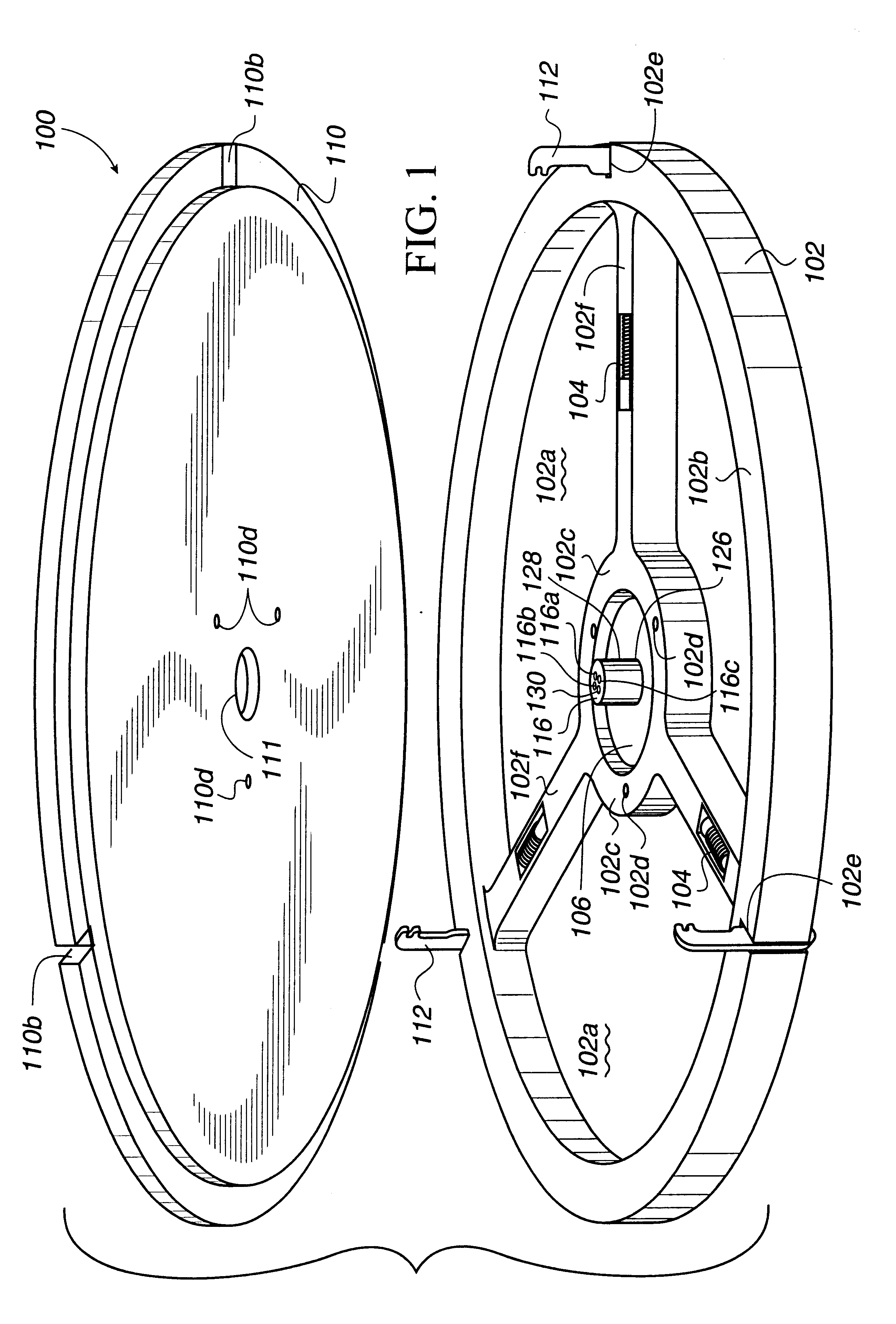Chuck assembly for use in a spin, rinse, and dry module and methods for making and implementing the same
- Summary
- Abstract
- Description
- Claims
- Application Information
AI Technical Summary
Problems solved by technology
Method used
Image
Examples
Embodiment Construction
Embodiments of a spin, rinse and dry module (SRD) and a chuck assembly for use in an SRD module for optimizing processing of substrate surfaces are described. Preferably, the SRD module implements a chuck assembly constructed from chemically compatible material designed to facilitate and expedite the operations of the SRD module. In one preferred implementation, the chuck assembly is constructed from a chemically inert material. In specific embodiments, the chuck assembly is designed to operate using fewer mechanical movements, thus accelerating the spin, rinse, and dry operations of substrates.
In one preferred embodiment, the chuck assembly includes a chuck body, chuck top plate, and a wedge configured to move vertically within the chuck body. In one preferred implementation, a wafer backside plate is defined above the chuck top plate such that the chuck body, the chuck top plate, and the wafer backside plate are positioned below a substrate process plane. The substrate process pla...
PUM
 Login to View More
Login to View More Abstract
Description
Claims
Application Information
 Login to View More
Login to View More - R&D
- Intellectual Property
- Life Sciences
- Materials
- Tech Scout
- Unparalleled Data Quality
- Higher Quality Content
- 60% Fewer Hallucinations
Browse by: Latest US Patents, China's latest patents, Technical Efficacy Thesaurus, Application Domain, Technology Topic, Popular Technical Reports.
© 2025 PatSnap. All rights reserved.Legal|Privacy policy|Modern Slavery Act Transparency Statement|Sitemap|About US| Contact US: help@patsnap.com



